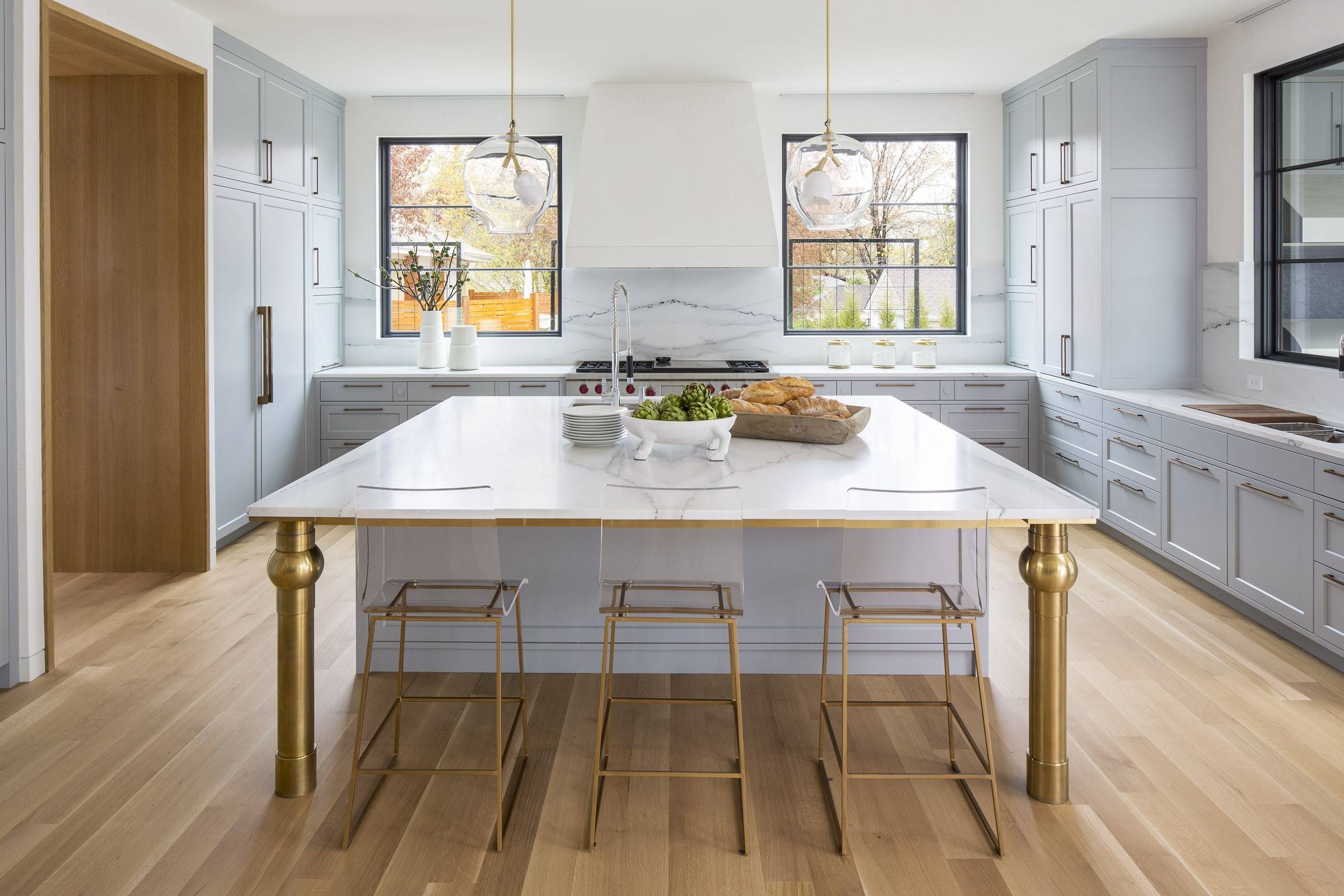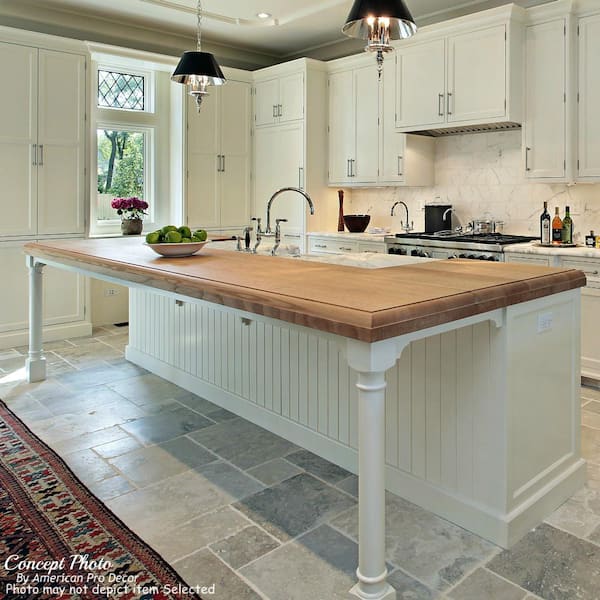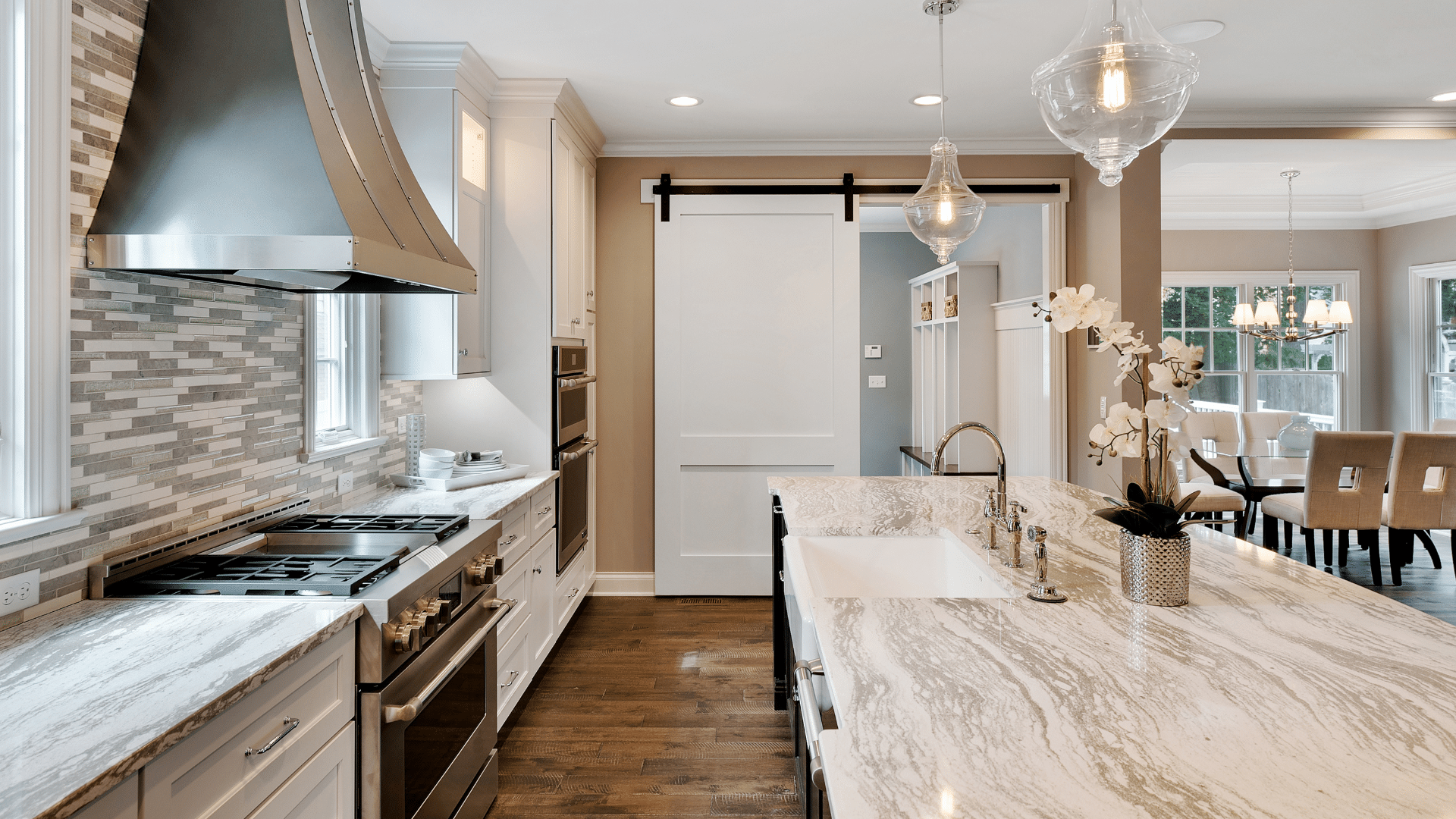Kitchen Island Legs: Boost Your Kitchen with Solid Support
Kitchen Island Legs: Boost Your Kitchen with Solid Support
Blog Article
Important Tips for Choosing the Perfect Dining Table for Your Kitchen Area
Selecting the ideal dining table for your kitchen area is even more than just a matter of taste; it requires a comprehensive understanding of your area and demands. Begin by gauging your available area to make sure ample clearance for movement. The shape of the table plays an essential duty; while rectangle-shaped tables match bigger locations, round ones foster affection, and extendable alternatives use flexibility. Product option is equally essential, with woods supplying longevity and glass loaning a modern touch. The table should integrate with your kitchen's appearances and fit your family easily. What other variables might influence this vital decision?
Procedure Your Space
Picking the perfect eating table starts with a meticulous evaluation of your readily available room. This foundational step makes sure that the table not just fits pleasantly within the space yet additionally enhances the overall design and performance of your eating location.
Consider the circulation of movement around the table. It is important to leave ample space for chairs to be taken out and for people to move the table without obstruction. A basic guideline is to permit a minimum of 36 inches of clearance from the side of the table to the closest wall or furniture piece. This ensures convenience of accessibility and convenience throughout dishes.
In addition, consider the variety of people you generally entertain and whether you require extra room for guests. Opting for an extendable table can give flexibility, permitting you to fit varying varieties of diners. By properly determining your space, you lay the groundwork for picking a table that boosts both the appearances and performance of your eating area.
Pick the Right Shape

On the other hand, round tables are exceptional for smaller kitchen areas or intimate gatherings, as they advertise conversation by permitting everyone to deal with each other. They also give a sense of coziness and can fit well in tighter rooms due to their absence of sharp edges. Oval tables supply the ideal of both worlds, combining the size of rectangular tables with the intimacy of round ones, making them functional for different setups.
Square tables are another option, especially matched for square-shaped areas. They develop a symmetrical and modern look, cultivating an equivalent eating experience for all seated.
Product Factors To Consider
When selecting a dining table, product considerations are paramount in establishing the table's longevity, maintenance needs, and general aesthetic. Timber is a classic selection, using timeless charm and robustness.
Glass-topped tables give a contemporary, sleek look and can make an area appear bigger because of their openness. They need frequent cleansing to prevent smudges and finger prints. Additionally, solidified glass is recommended for its additional strength and security.

Lastly, composite products like MDF (Medium-Density Fiber board) or plywood are affordable alternatives. These products can simulate the appearance of strong timber but site may not supply the exact same longevity. They are generally less complicated to tidy but can be at risk to water damage if not effectively sealed.
Ultimately, the selection of material should straighten with your kitchen's design, your way of life requires, and your budget plan restraints. (kitchen island legs)
Seating Ability and Comfort
Exactly how do you identify the right seating ability and comfort for your eating table? This important action includes analyzing both the physical area readily available in your kitchen area and your house's functional demands. Begin by measuring your kitchen area to make certain the table fits conveniently, permitting at the very least 36 inches of clearance around it for simple activity. Consider the variety of people who normally eat together, as this will affect the table dimension. For a family of 4, a rectangle-shaped table of 48 inches long or a round table with a 48-inch diameter is normally enough.
The elevation of the table need to preferably be around 30 inches, giving a important source well balanced ergonomic position for seated restaurants. Chairs need to have a seat elevation of 18 to 20 inches to make certain a comfy eating stance.
Design and Aesthetics
Selecting a dining table that suits your design and aesthetics entails stabilizing individual taste with the existing design of your dining area. The table is typically the centerpiece of the kitchen area, and its design ought to complement the overall motif of the area. Whether your kitchen area boasts a modern, minimal appearance or a rustic, farmhouse appeal, the table you choose should integrate with these aspects to produce a cohesive and inviting ambience.
Think about materials very carefully; timber supplies a timeless allure and can range from abundant mahogany for a conventional look to lighter oak for a contemporary feeling. Steel and glass tables, on the various other hand, can present a smooth, industrial side to your kitchen. Do not ignore the table's shape-- rectangle-shaped tables are traditional and functional, while round and oblong options can foster an extra intimate eating experience.
Additionally, pay attention to details and coatings. A distressed coating might include character and warmth, whereas a shiny surface can add to a clean, contemporary aesthetic. Eventually, your eating table ought to not just fit flawlessly into your cooking area's design yet also show your individual style, raising the room both functionally and visually.
Verdict
In final thought, picking the excellent dining table for a kitchen necessitates careful assessment of space, shape, material, seating capacity, and aesthetic harmony. Ultimately, a well-chosen dining table promotes a welcoming environment and fits the home conveniently, therefore enhancing the dining experience.

When choosing an eating table, product considerations are paramount in determining the table's durability, maintenance requirements, and total visual. For a family of four, a rectangular table of 48 inches long or a round table with a 48-inch diameter is normally enough.
Do not overlook the table's shape-- rectangle-shaped tables are timeless and versatile, while round and oblong alternatives can cultivate an extra intimate eating experience. kitchen island legs.
Report this page